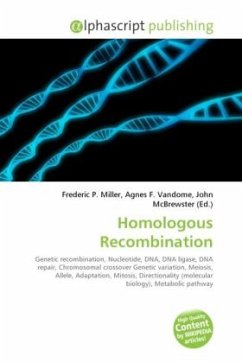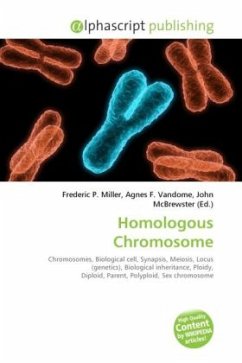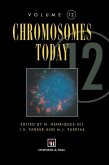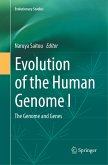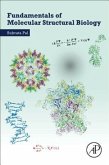Homologous recombination, also known as general recombination, is a type of genetic recombination in which nucleotide sequences are exchanged between two similar or identical strands of DNA. The process involves several steps of physical breaking and the eventual rejoining of DNA. Although most widely used to accurately repair double-strand breaks in DNA, homologous recombination also produces new combinations of DNA sequences during chromosomal crossover in meiosis. These new combinations of DNA represent genetic variation (e.g. new, possibly beneficial, combinations of alleles), which allows populations to evolutionarily adapt to changing environmental conditions over time. There are two different types of homologous recombination, one typically involved in DNA repair during mitosis and another involved in meiosis. They share the same initial steps: after a double-strand break occurs, sections of DNA around the break on the 5' end of the damaged chromosome are removed in a process called resection. In the strand invasion step that follows, an overhanging 3' end of the damaged chromosome then "invades" an undamaged homologous chromosome.
Bitte wählen Sie Ihr Anliegen aus.
Rechnungen
Retourenschein anfordern
Bestellstatus
Storno

